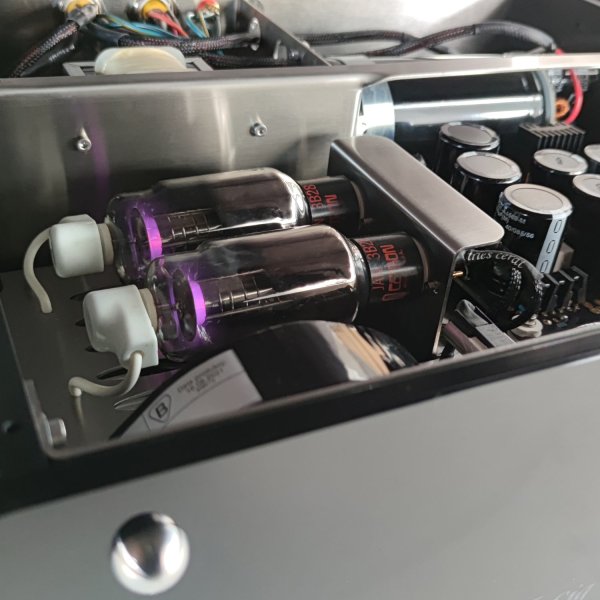A
Any rolling of the Helene rectifier tube? If not then you probably didn’t hear the DAC at its best. Just like the Lampizator, if you don’t roll the tubes you are not extracting the full potential. If you used stock GG2 tubes, would it be competitive to your maxed out GG2? With Incito preamp, which is basically the output stage of Helene, I made profound improvements rolling the rectifier.I’ve compared my aging Lampi GG2 to Helene in my room. Both are R2R dacs (my Lampi has Soekris R2R). But I do not think it matters, as Ron said, implementation is the key. Initially, I was very much impressed with the tone and smoothness of the Helene’s presentation, especially compared to my super-dynamic Lampi with 242 tubes. However, after switching back to Lampi, I was surprised that I could hear more on both ends of the spectrum. I invited another audiophile, and we both heard the same: better dynamics, more base and more air in HF with Lampi vs Helene. I know other people, who moved from Lampi to Aries Cerat, so maybe it’s my taste or my room or both. Anyway, Helene is a very good dac that has very smooth and non-fatiguing presentation, very analog one. But some people like myself are used to a more modern presentation and may prefer other dacs.



